Director: Park Chan-wook
Novel By: Sarah Waters
Cast: Kim Min-hee, Ha Jung-woo, Cho Jin-woong, Kim Tae-ri, Lee Yong-Nyeo, Yoo Min-Chae
Running Time: 144 min.
By Kyle Warner
After making his English language debut in 2013 with Stoker, Park Chan-wook returned to South Korea for his next feature film, The Handmaiden. And while obviously a Park Chan-wook film, I feel that The Handmaiden has more of a western-style than Stoker did. Stoker was Park bringing his Korean dark revenge thriller sensibilities to the west. The Handmaiden is based on a Sarah Waters’ British novel, Fingersmith, and though Park transplants the story to 1930’s Korea and gives it his own particular style, the western storytelling is always there, making this an interesting addition to Park’s filmography.
Set in Japan-occupied Korea, The Handmaiden follows the con artist Sook-hee (Kim Tae-ri) as she seeks to slip into the life and home of the reclusive Japanese heiress Lady Hideko (Kim Min-hee) with aims to claim her vast fortune. Sook-hee will be Lady Hideko’s new handmaiden and closest confidant. Lady Hideko is a hopelessly naïve young woman who’s set to marry her intimidating Uncle Kouzuki (Jo Jin-woong), who she shares her estate with. Sook-hee’s intention is to entice Lady Hideko to marry her conman comrade (Ha Jung-woo) who is posing as the well-to-do Count Fujiwara. However, though Sook-hee pushes Lady Hideko towards the count, it’s the two women who begin an attraction to one another, further complicating the plan to steal Hideko’s millions.
The Handmaiden is closer to a ‘book club’ sort of drama than any Park film that came before it, but that’s not to say that it’s lacking in chills, thrills, or a healthy dose of weirdness. The film works on a three act structure. Part 1 tells us Sook-hee’s story and we see the film from her point of view. After a shocking twist, Part 2 presents us with Lady Hideko’s story told from her point of view. Part 3 takes what we learned so far and throws it together with an extra dash of wickedness. It’s a sly film, one that keeps its secrets close, and I will divulge as little as possible in my review.
The source novel was made into a BBC miniseries in 2005 starring Sally Hawkins as the handmaiden character. And though I’ve never seen the miniseries (nor have I read the book), I’m willing to bet Park’s film is the more, ahem, mature adaptation. The Handmaiden is a sexy film. The film’s cinematography is gorgeous, the actresses are beautiful, and Park does not shy away from the lesbian sex. I feel tempted to call the film tasteful in its depiction of such scenes because, while obviously explicit, it does not feel exploitational. But the film does have a bit of a pervy streak to it.
At her uncle’s behest, Lady Hideko reads rare, literary pornography for a small gathering of upper-class gentlemen. Lady Hideko’s readings are more like performances. She acts out certain sections of the books with exaggerated performances and even saddles a wooden puppet at one point. It serves a point in the story, showing both the uncle’s perversions and Hideko’s comfort with sex and her power over men. But it’s more than just a subplot for the film. As the gentlemen watch, enthralled by tales of lust and domination, they inch to the edges of their seats in excitement. One man puts a hat over his crotch. Another keeps dabbing the sweat off his brow. The camera does not judge them harshly; it leaves the judgment to the audience. What’s interesting is that the men in the film’s audience (myself included) find themselves in a similar situation while watching the lurid love story. There is no camera to judge us, but one can sense what Park was trying to do. Among many other things, The Handmaiden is a film about voyeur thrills, and we filmgoers are counted among those who vicariously get their kicks through observing feminine sexuality.
The cast is excellent. Kim Min-hee (No Tears for the Dead) has the most complex character and her performance is nothing short of amazing. Newcomer Kim Tae-ri is also excellent, here playing the role which the audience must relate to in order to navigate the world of the film. As Count Fujiwara, Ha Jung-woo (The Yellow Sea) is really good because, like the egotistical Count himself, you believe he’s the smartest character in the room right up until the film throws a twist our way. And as Uncle Kouzuki, Jo Jin-Woong (The Admiral) is that disquieting blend of elitism and sleaze.
The Handmaiden may be a different, more mannered film for bad boy Park Chan-wook, but I take that as a good thing. The film shows the director trying new things, taking risks, and yet managing to maintain his own particular style in the process. By the end, it is impossible to imagine the film being made by anybody else. The Handmaiden is a triple layer labyrinth of sex, secrets, and lies that I consider to be one of the best films of 2016.
Kyle Warner’s Rating: 8.5/10

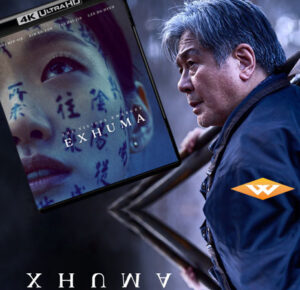




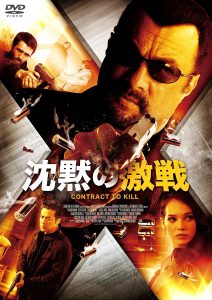

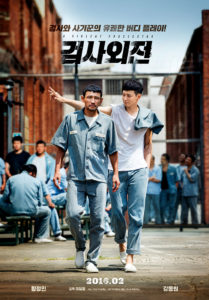
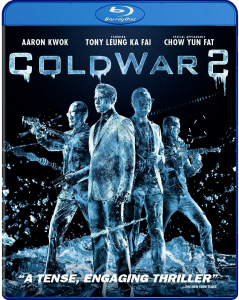



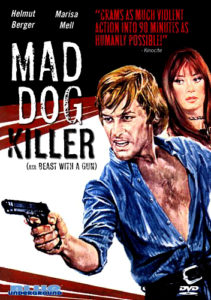
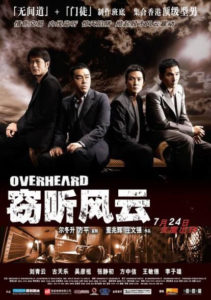
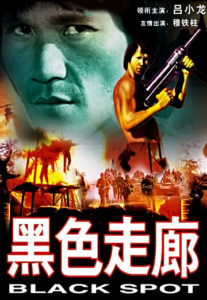



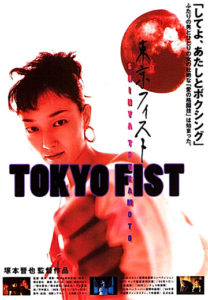




Be the 1st to Comment